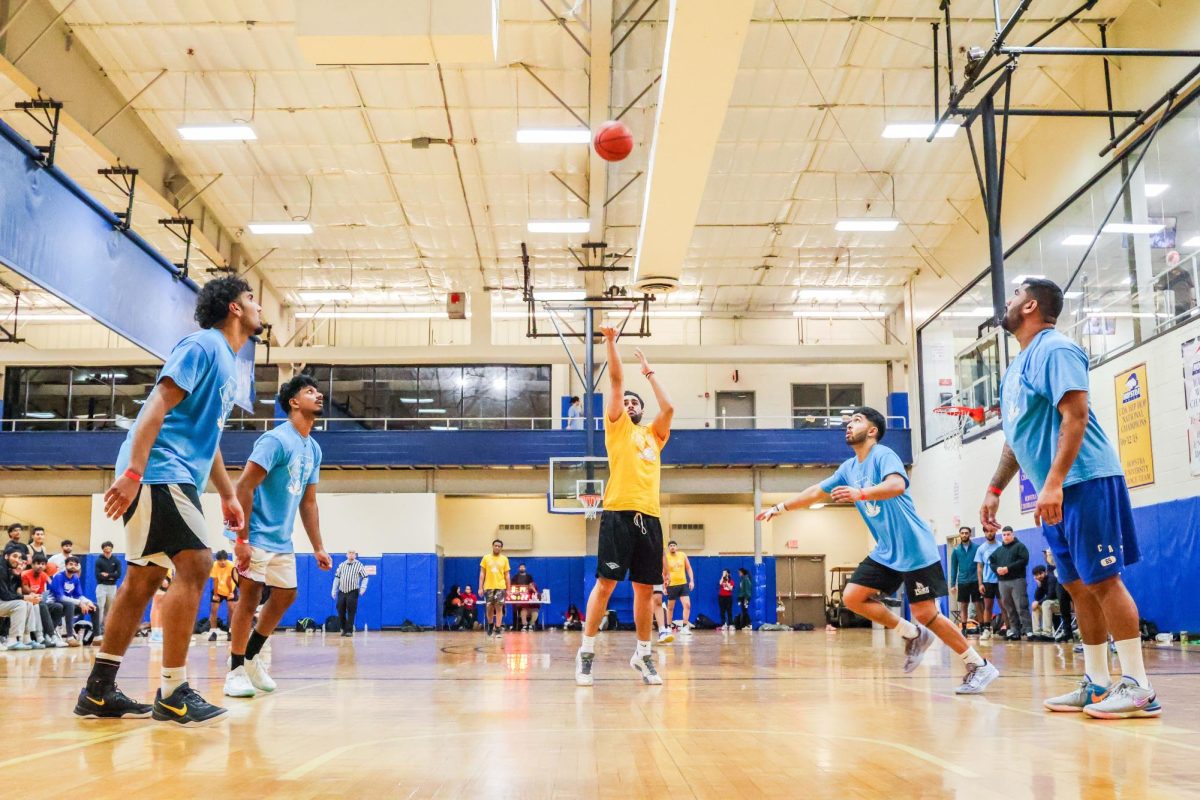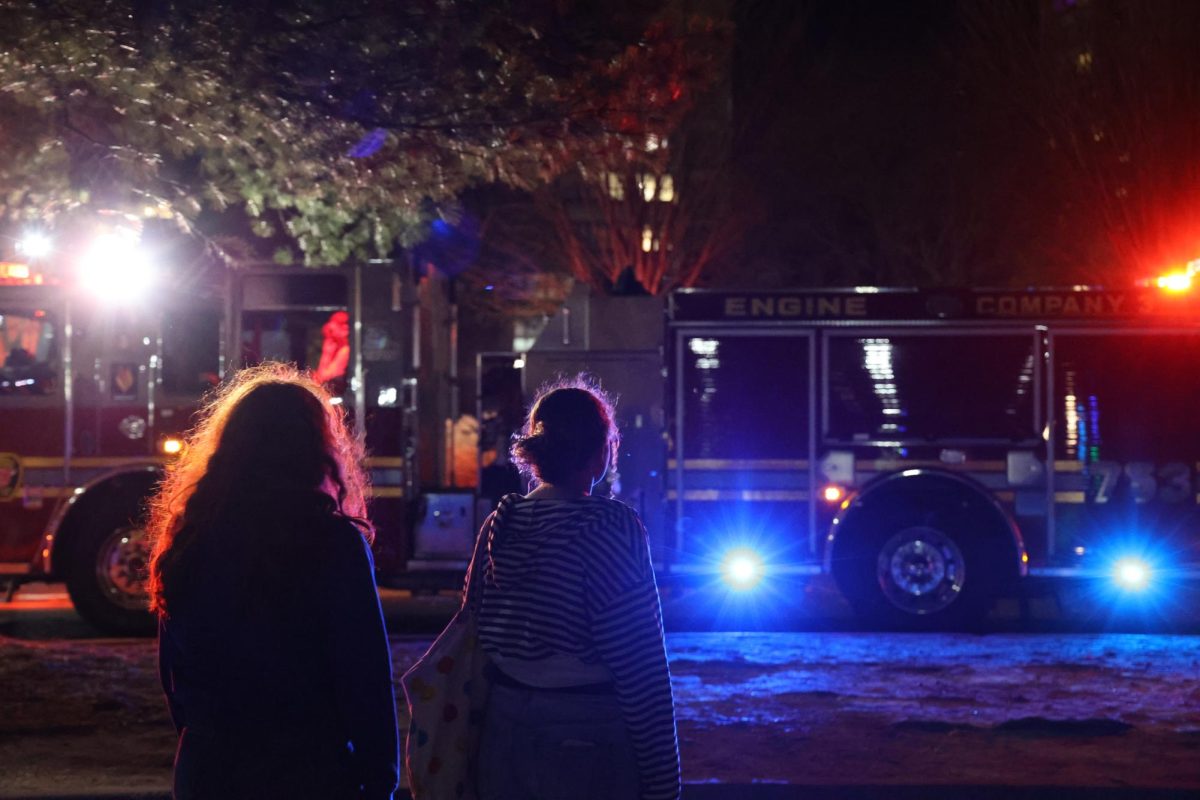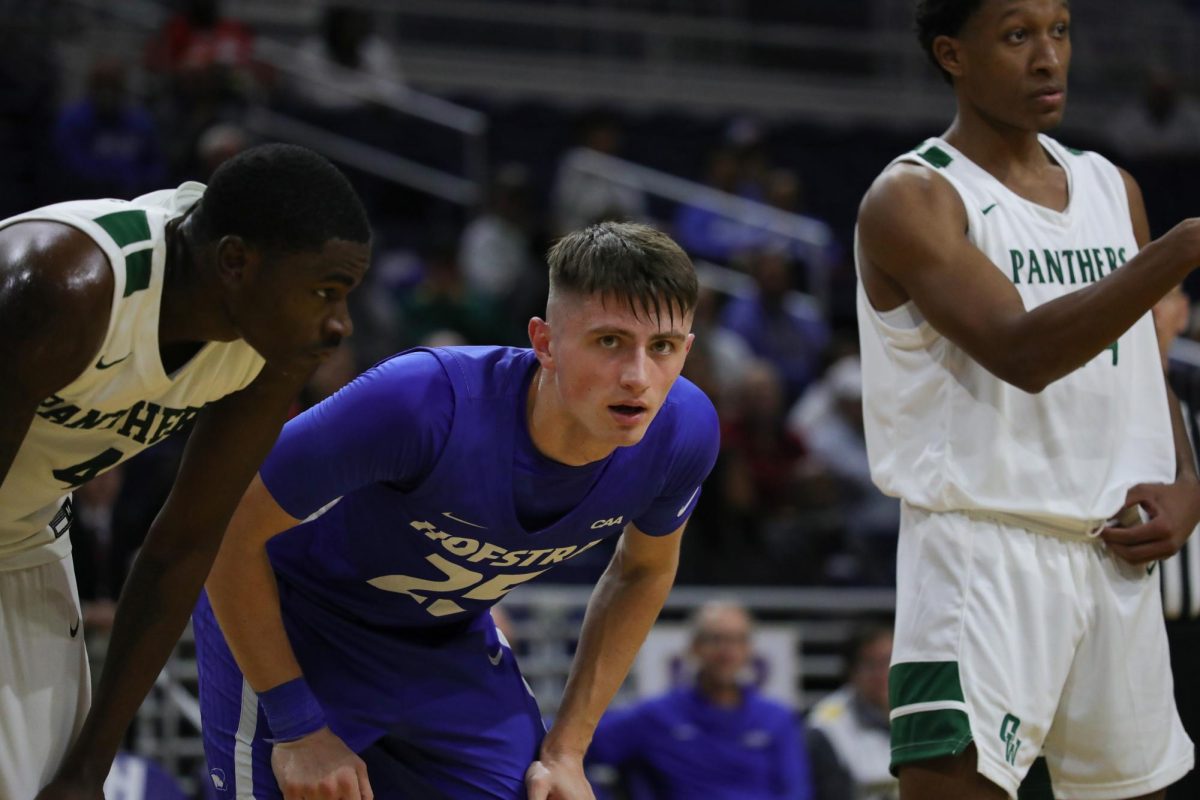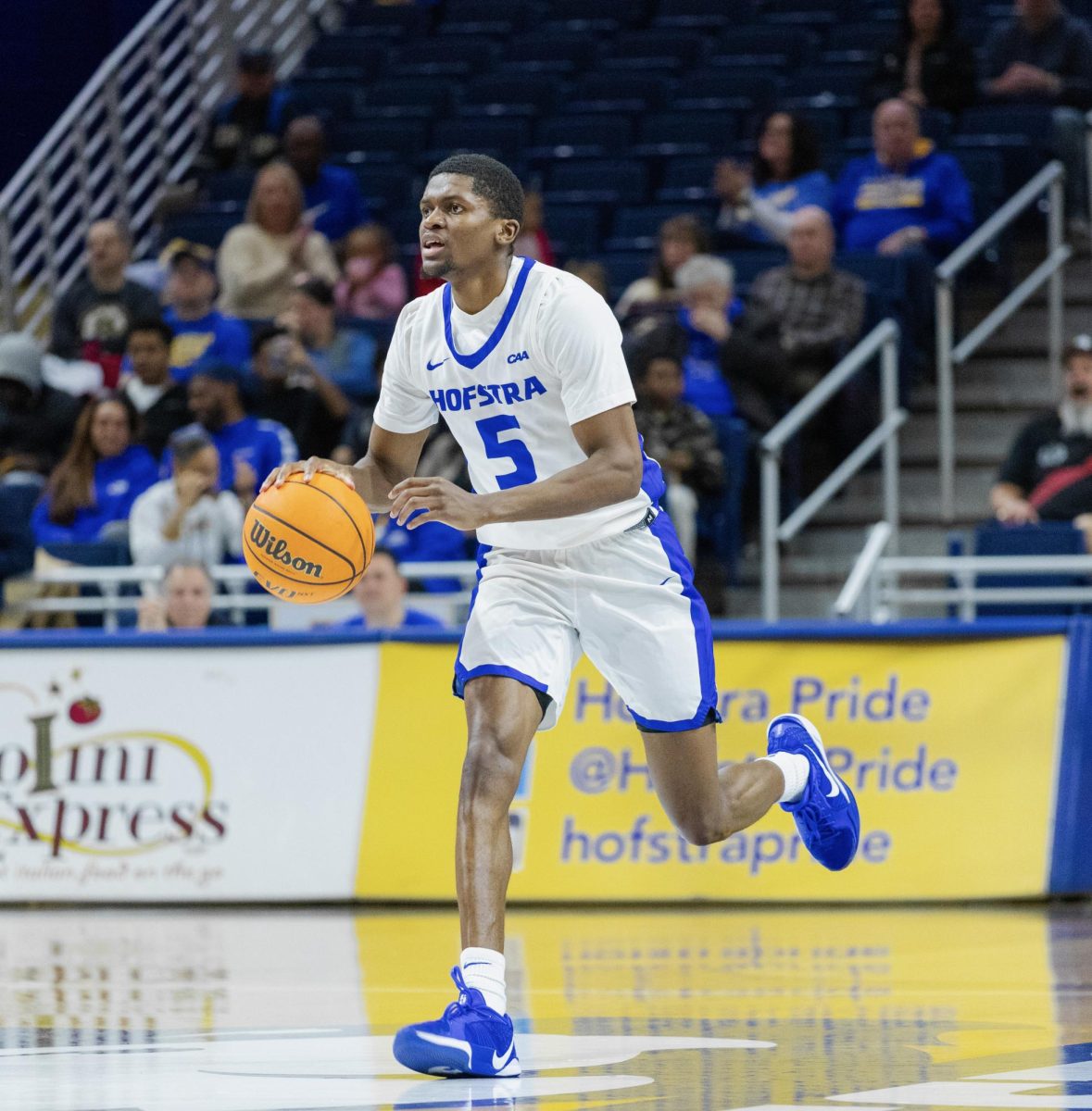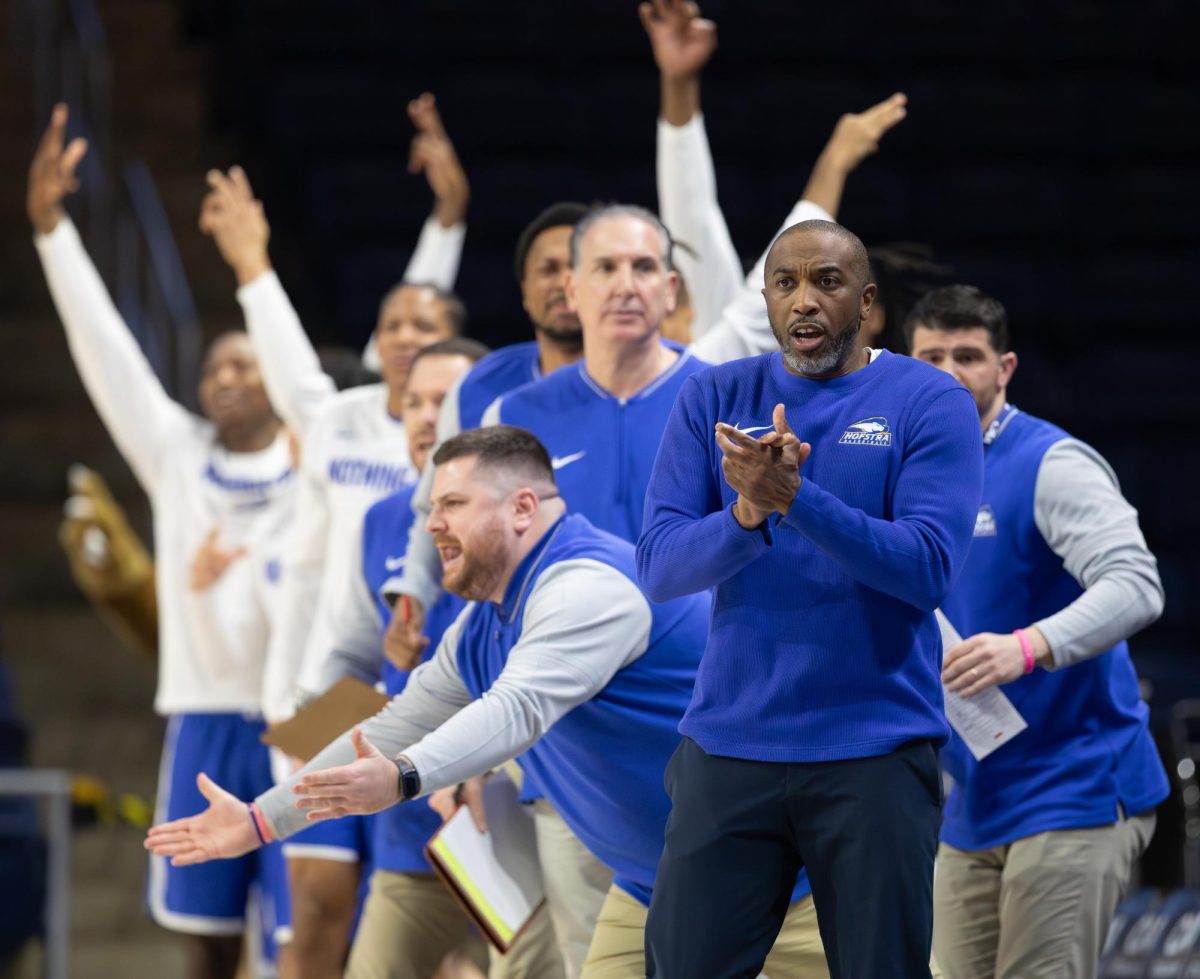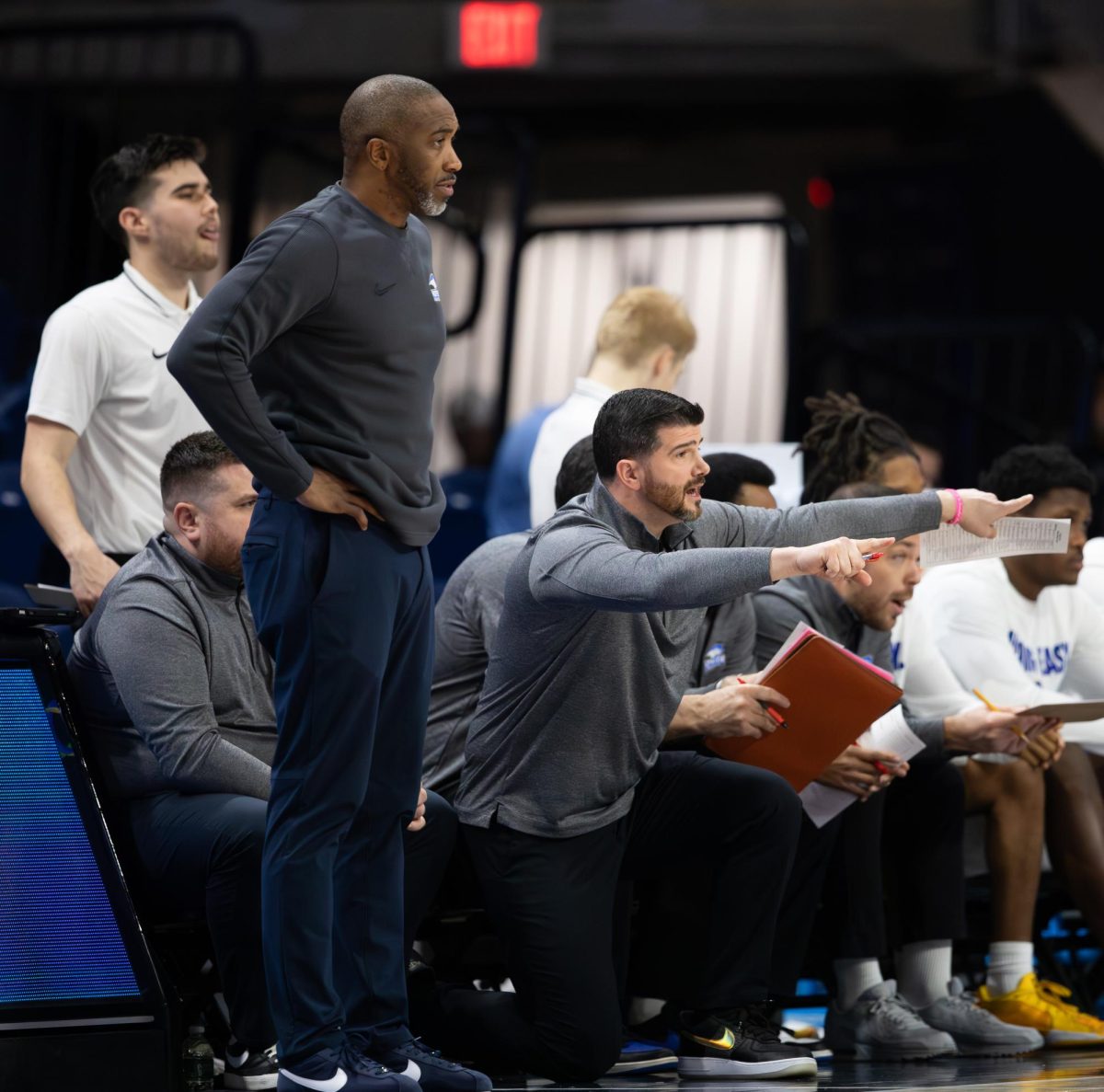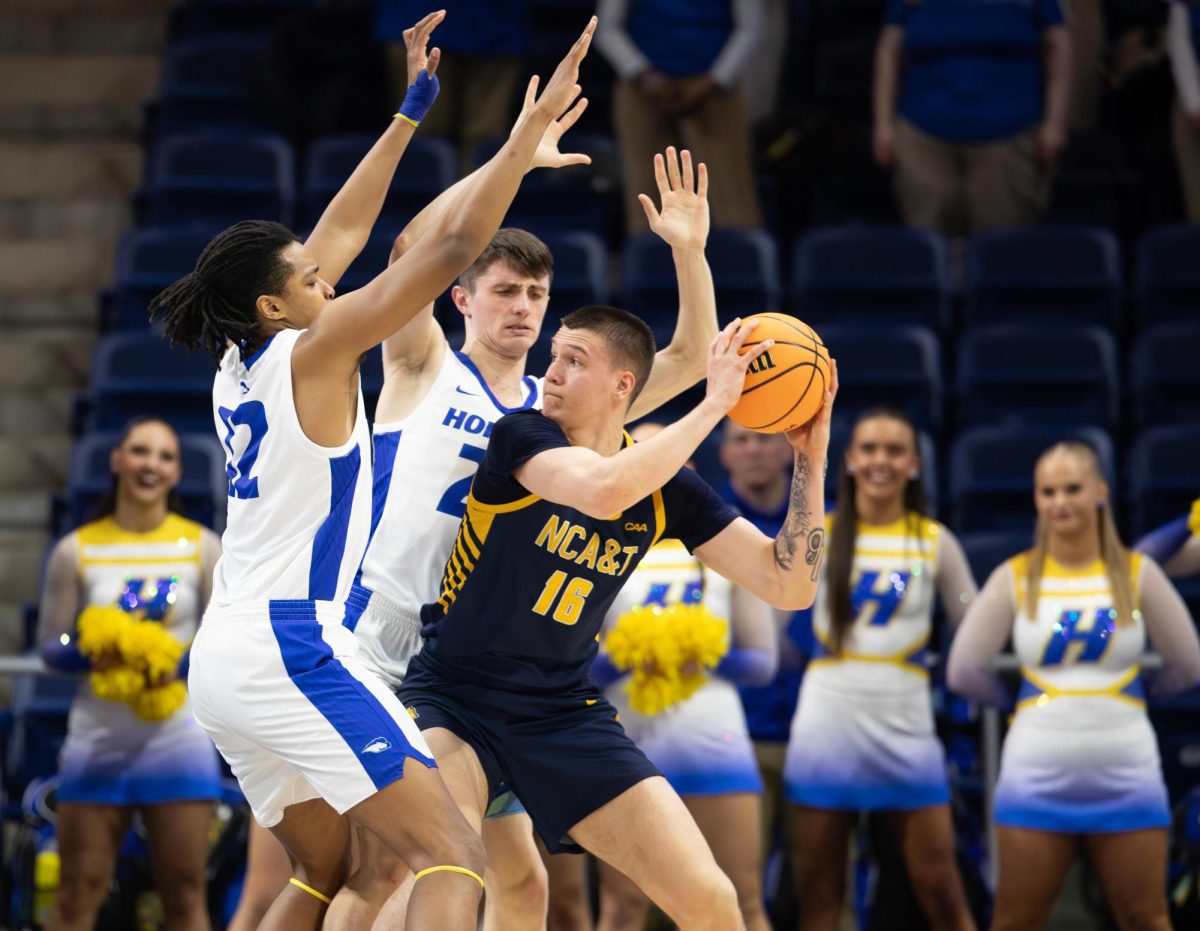By Anders Jorstad — STAFF WRITER
College campuses all over the country celebrated joyously on Sunday afternoon as they learned the fates of their basketball teams. As always, there were many surprises abound. Who would have thought Oregon was going to get a number one seed? Why the heck is Temple in the field?
Meanwhile, Hofstra Pride basketball players and fans sat in stunned silence as they learned that their favorite team wasn’t even selected.
Perhaps “stunned” isn’t the correct word here. Hofstra has been snubbed in the past on numerous occasions. In 2006 fellow CAA school George Mason shocked the country by going on an unlikely Final Four run as a No. 11 seed in the tournament. That season, the Hofstra Pride defeated the Patriots in both meetings, including a semifinal matchup in the CAA tournament. The Pride sported a 15-3 conference record and a 27-7 overall mark that year, but only had an NIT bid to show for it.
In 2011 the Pride were the No. 3 seed in the CAA tournament. No. 4 seed Virginia Commonwealth fell in the CAA title game, but was selected as an at-large bid to the NCAA tournament. Then head coach Shaka Smart became a household name as the Rams soared into the Final Four as a No. 11 seed.
Perhaps Hofstra’s snubbing this season shouldn’t come as a surprise. That doesn’t mean it was the correct decision.
This season in college basketball was one of unusual parity. The four number one seeds in the NCAA tournament, Kansas, North Carolina, Oregon and Virginia, have more regular season losses combined than any number one seed line has ever had in the history of the tournament.
Despite the level of parity, the NCAA tournament committee opted to select many schools from the traditional power five conferences (Pac-12, ACC, SEC, Big Ten and Big 12). Out of the 68 selected squads, 31 teams came from those five conferences. Of the others, 26 were automatically selected from mid-major conferences for having won their conference tournaments. Of the 11 remaining, nine were selected from what I call the “pseudo-majors.” That includes the Atlantic 10, American Athletic and Big East conferences, which frequently send multiple teams to the NCAA tournament. Using this math, there was only one bid given to a mid-major conference team.
That school was Wichita State.
This is the sixth straight March Madness appearance for the Shockers. In other words, the committee didn’t get creative with its selections in the slightest.
The tournament committee didn’t just snub Hofstra. Other schools that were left with the NIT as a consolation prize were St. Mary’s, St. Bonaventure, San Diego State, Valparaiso, Monmouth and BYU.
So what is it that makes Hofstra more deserving than some of the schools that got in? Let’s take the low-hanging fruit in the form of the Temple Owls as an example. The Owls had an excellent season sporting a 21-11 record and capturing the regular season title in the American with a 14-4 conference record. They had wins against ranked teams such as Connecticut, Southern Methodist and Cincinnati. The problem is they just weren’t all that consistent.
The Owls went just 8-10 against RPI top 150 teams and even lost to East Carolina, a school that went 12-20 over the season. Basketball statistician Ken Pomeroy thinks Temple was the 86th best team in the nation. That’s worse than the Pride’s ranking of 81.
However, the committee has displayed in the past that it doesn’t like advanced metrics very much. In fact, the committee has been repeatedly criticized for its overuse of a metric known as RPI. Temple ranked 61st in the nation in that category. Hofstra was better than that too, sitting at 57th.
Equate all of this and you’d think Temple was the last team the committee selected. As a matter of fact, they weren’t. While Michigan (56 KenPom/58 RPI), Vanderbilt (27/60), Wichita State (12/51) and Tulsa (58/61) all have to duke it out for a shot to even play in the tournament, Temple gets an easy bye as a No. 10 seed.
Looking strictly at RPI, Hofstra fared better than three of those four teams as well. If the tournament committee loves RPI so much, why did they pick those four teams instead of one that had a better rating in the metric?
The NIT didn’t do Hofstra any favors either. The Pride is situated as a No. 5 seed against George Washington. Despite being good enough to play in the NCAA tournament, Hofstra won’t even get a chance to play a home game in the secondary tournament. Should the Pride defeat George Washington, they’ll play a road game against media-darling Monmouth.
Maybe things would have been easier for the Pride if they had bested UNCW in the CAA title game. In reality, it shouldn’t have to come to that. Before the title game was played, both squads were deserving of bids to the tournament. That didn’t suddenly change when Hofstra lost in an overtime thriller.
Go ahead and enjoy March Madness. I certainly will. It’s just a shame that the committee proved once again to be nothing more than a tool of the power five conferences that want to get their brand on national television. Enjoy the fun and enjoy the upsets.
Just don’t try to tell me Vanderbilt is a Cinderella.


